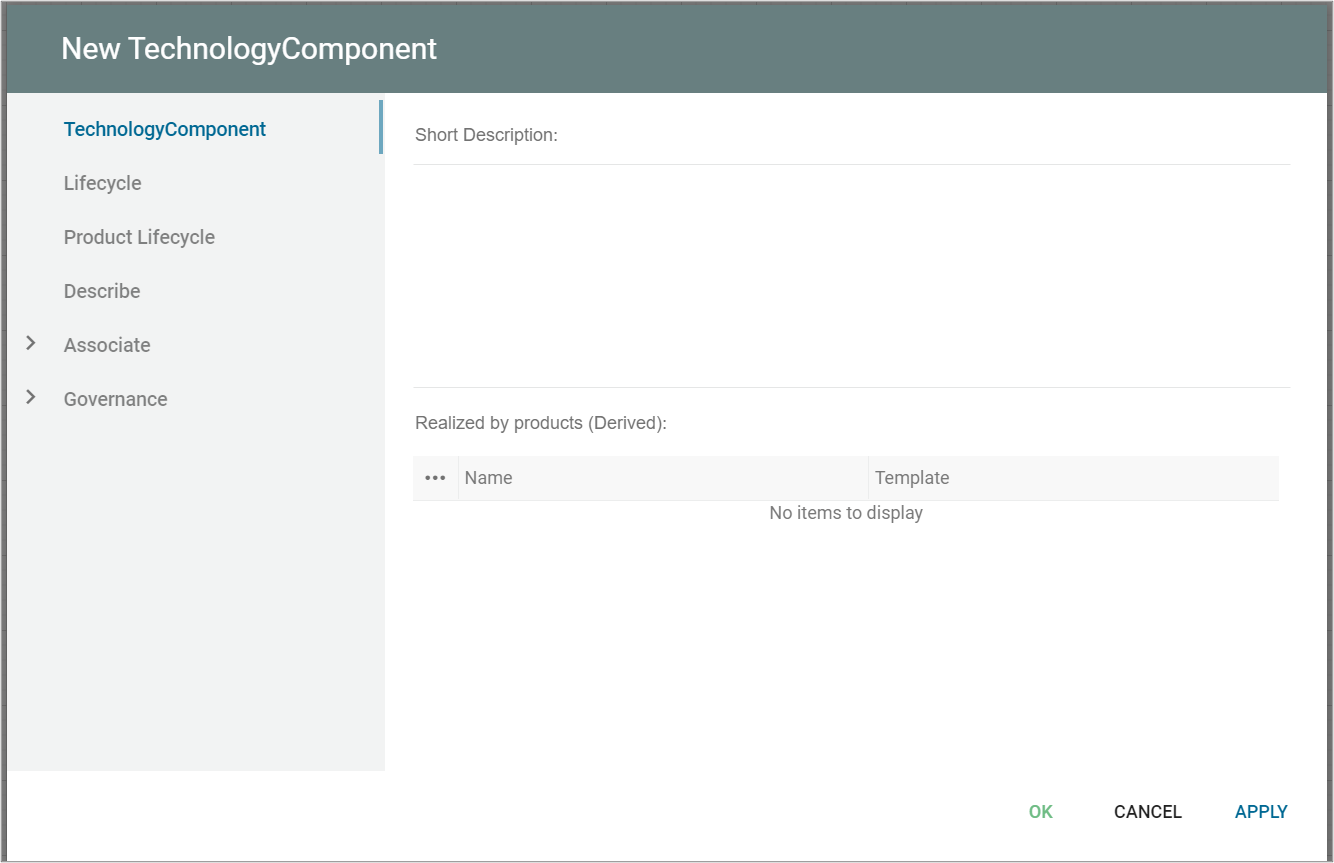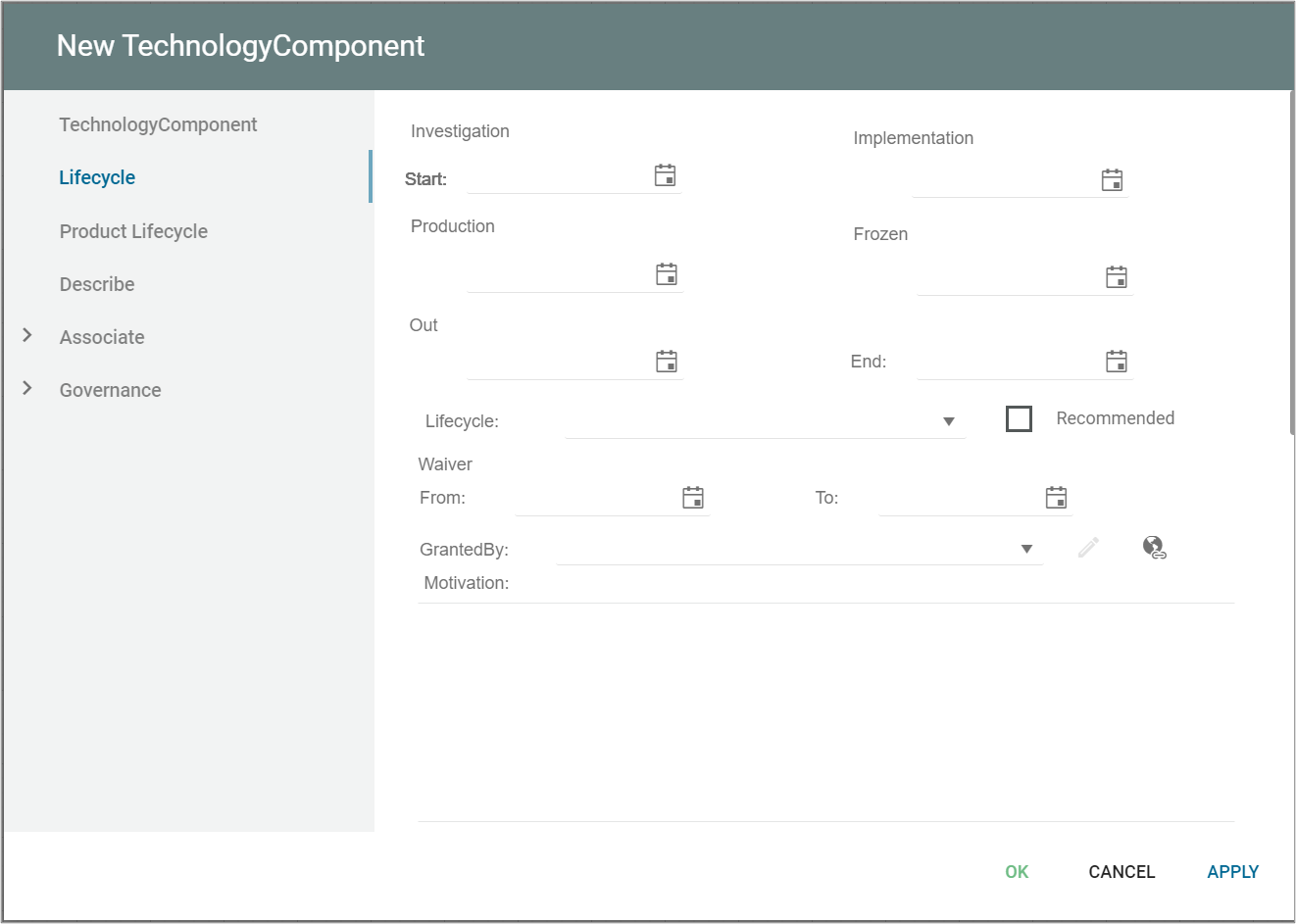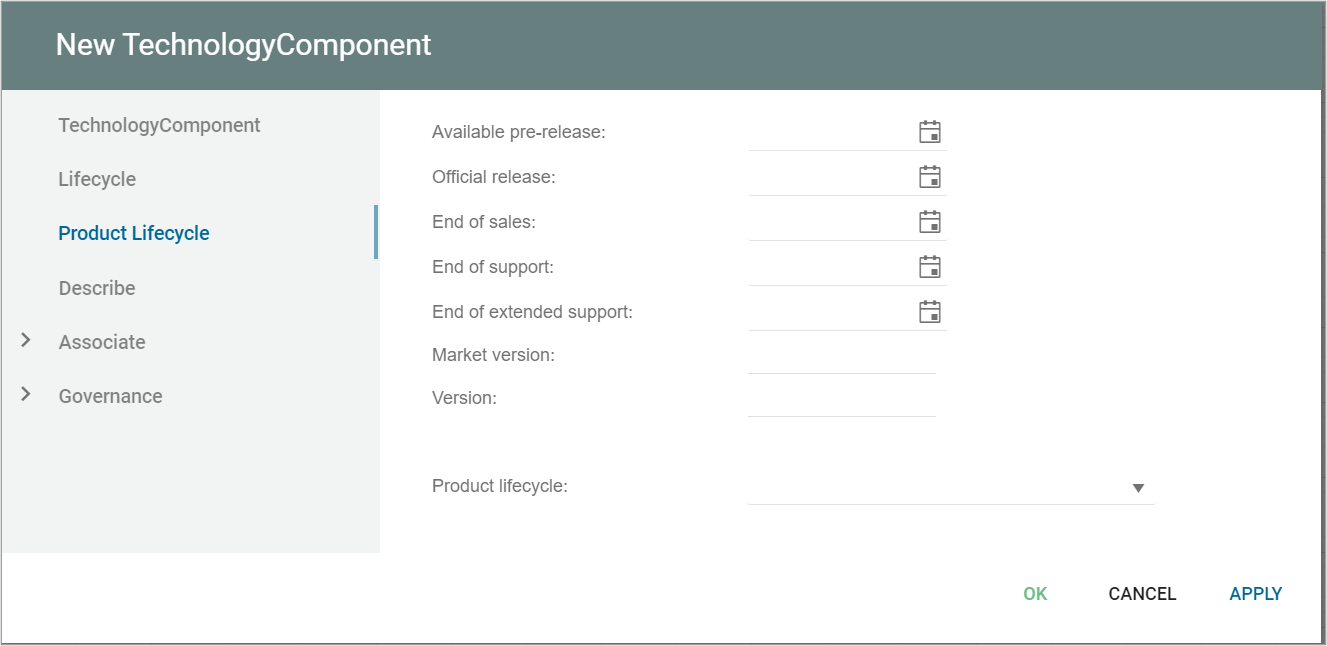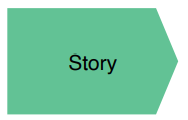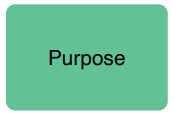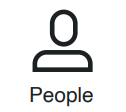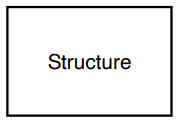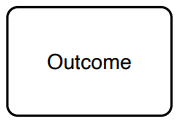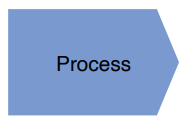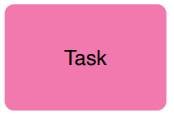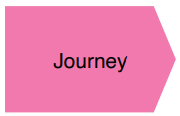A ValueStream is a step in a ValueStreamModel, representing a step in a stream.
A ValueStream has inherited a set of the properties from the BusinessProcess, enabling to describe it:
- from a RASCI (Responsible, Accountable, Support, Consulted, Informed) point of view
- Capability view
- IGOE (Input, Guide, Output, Enbler) point of view
- Economic point of view


